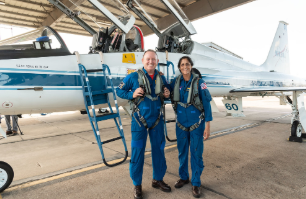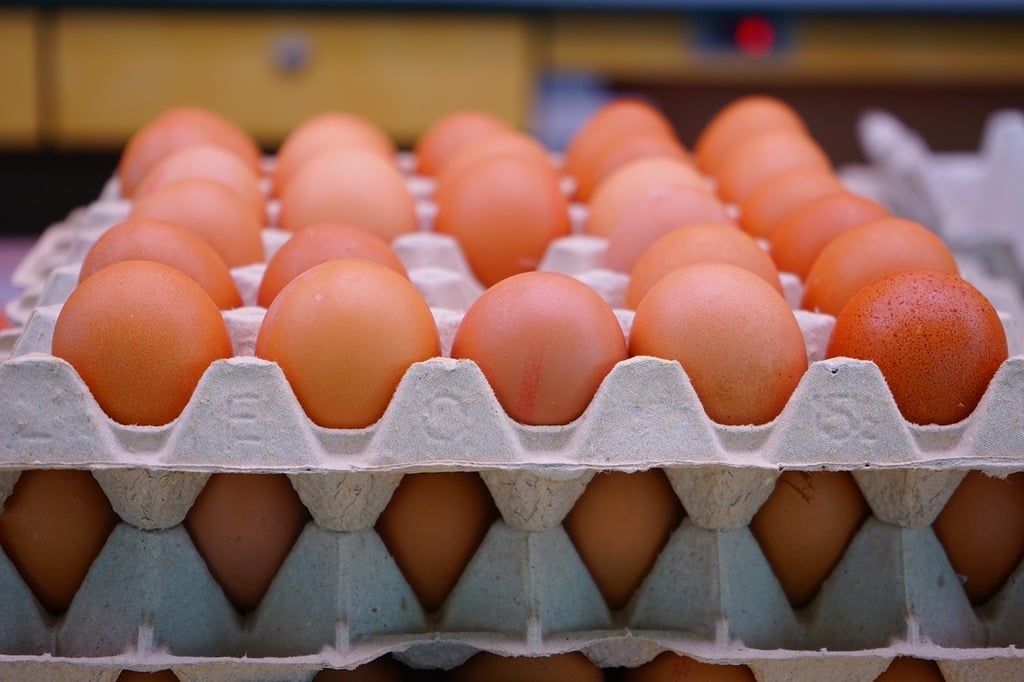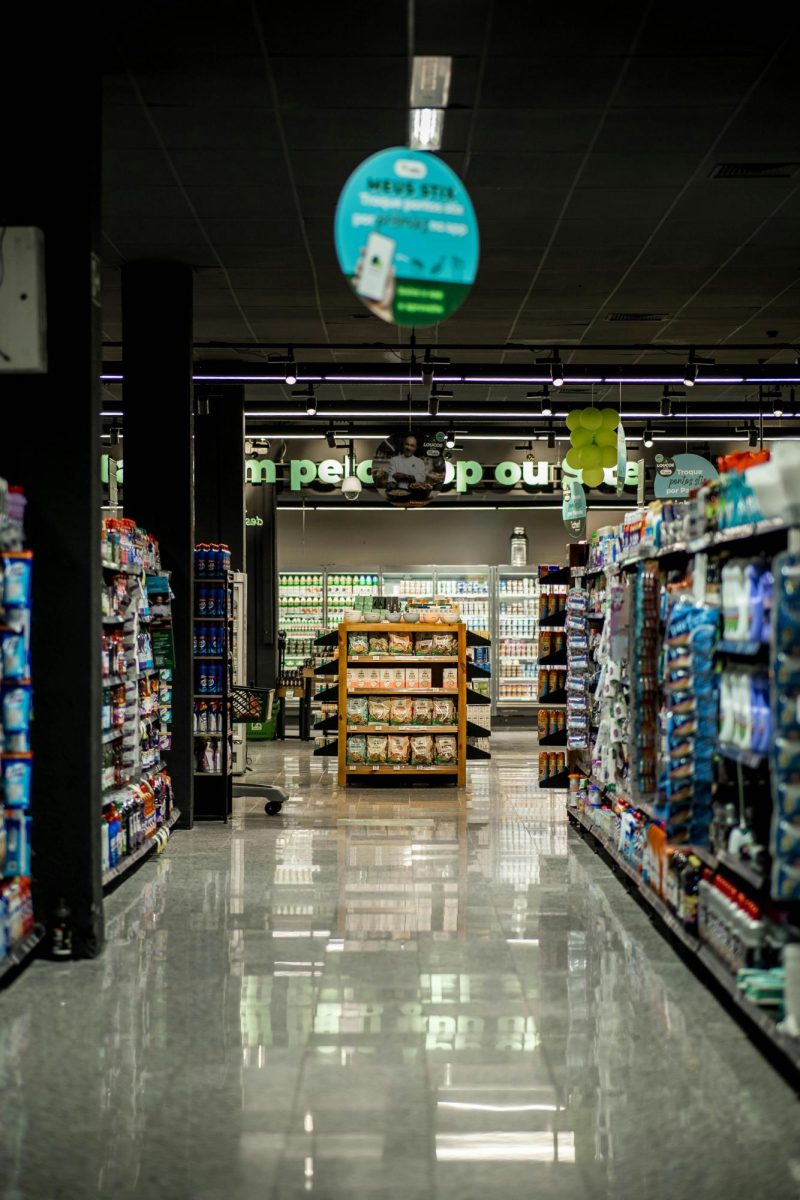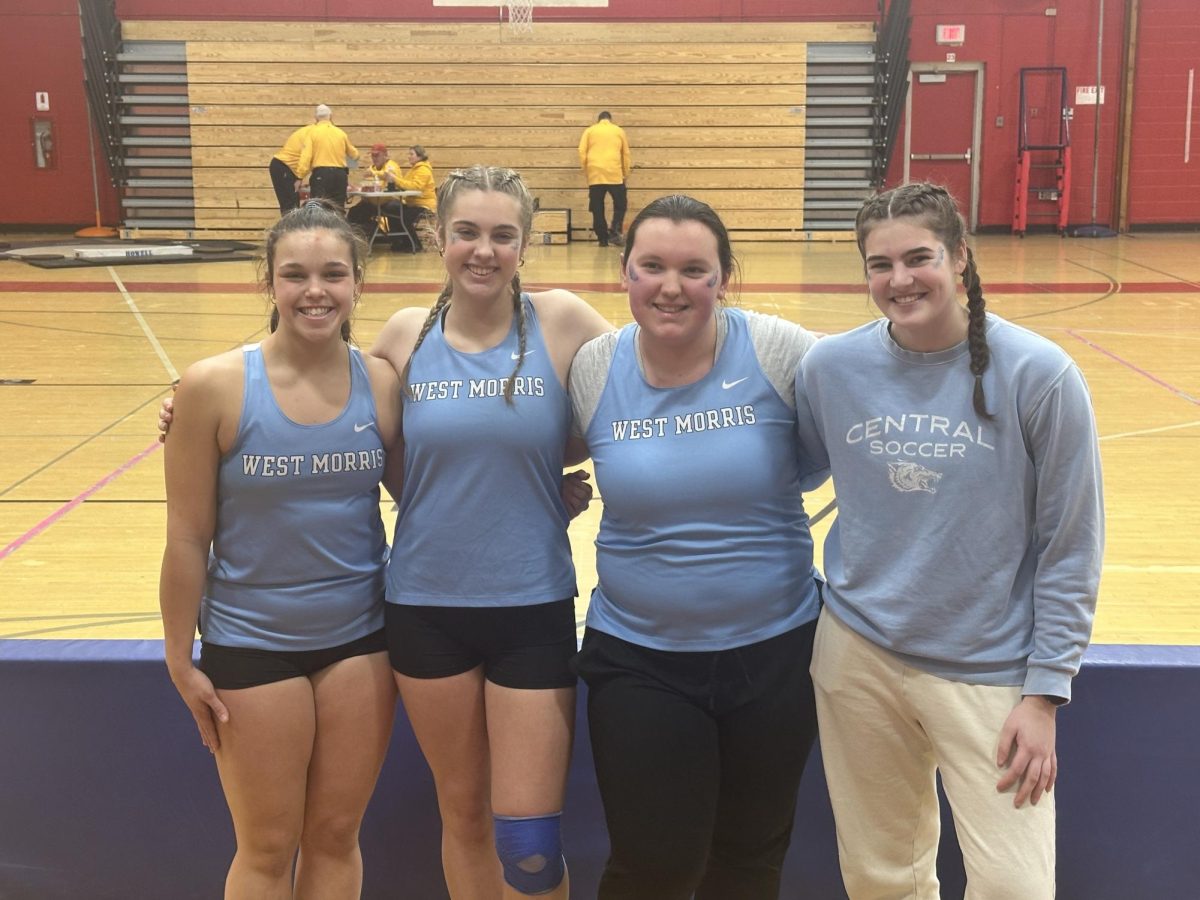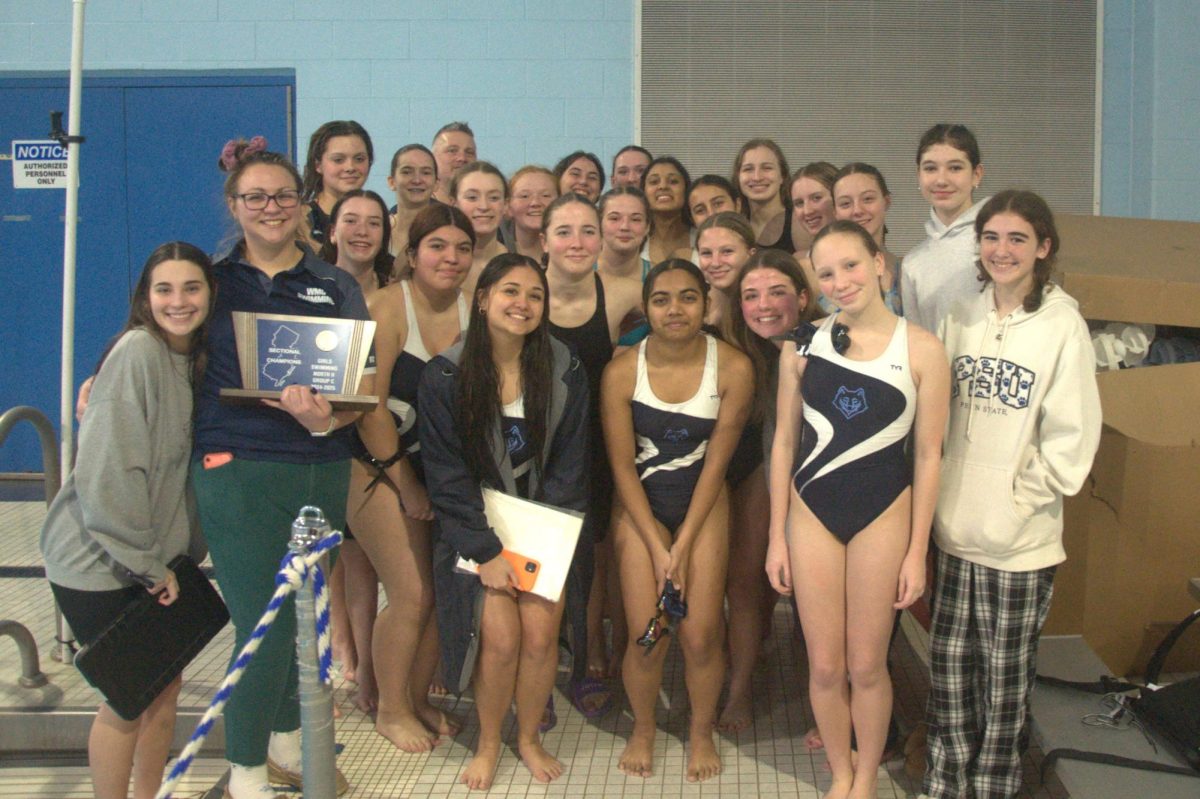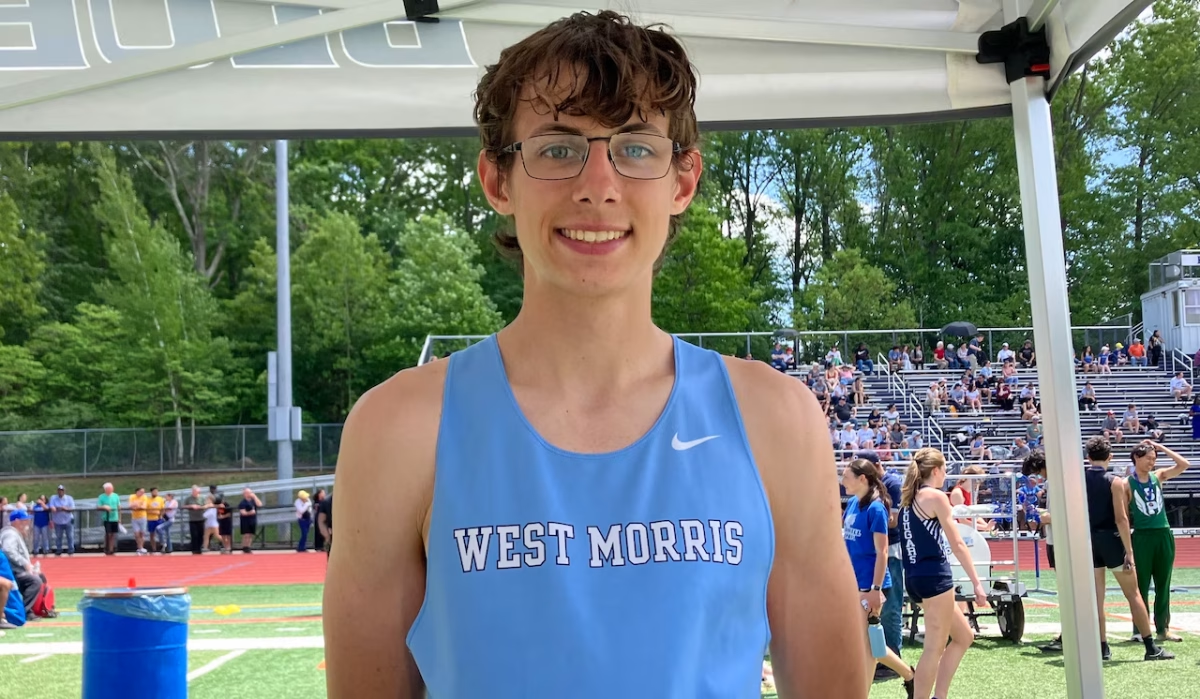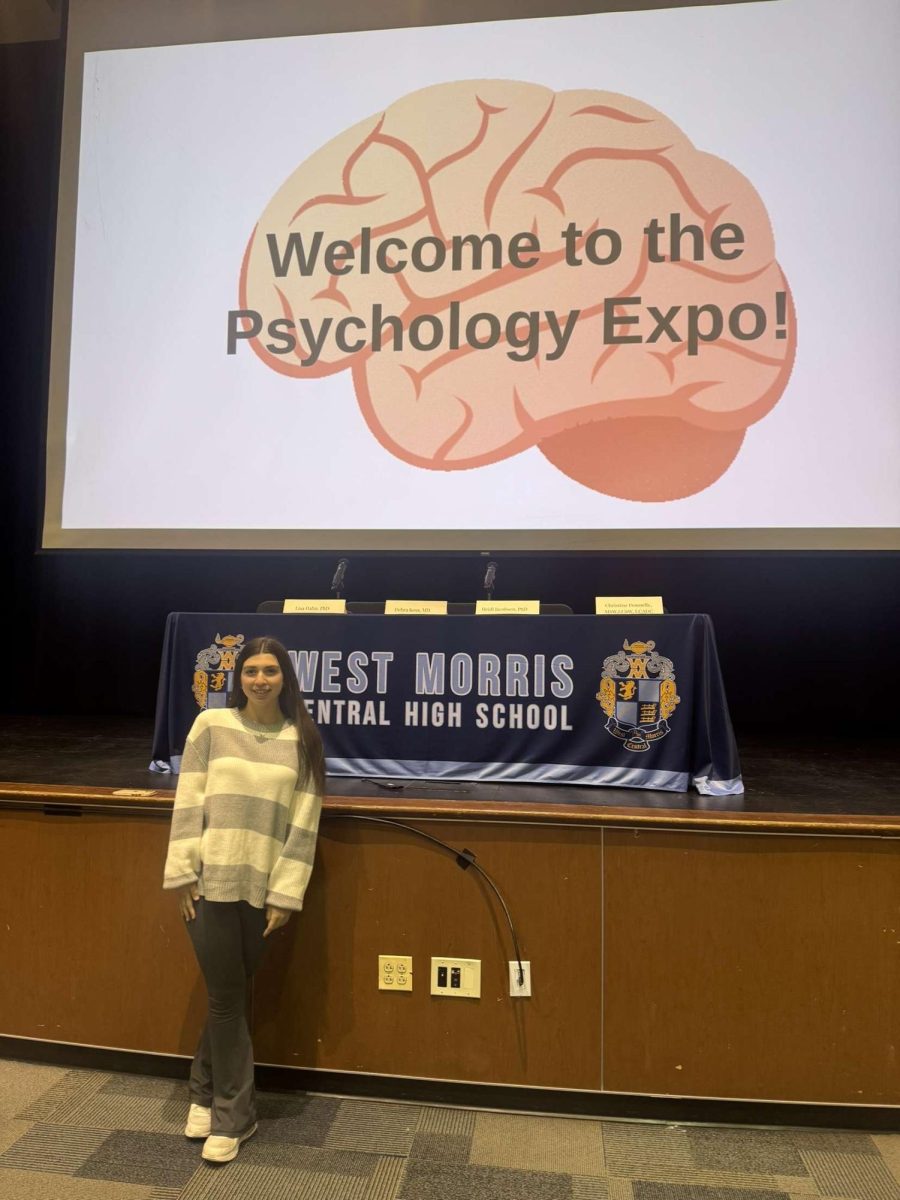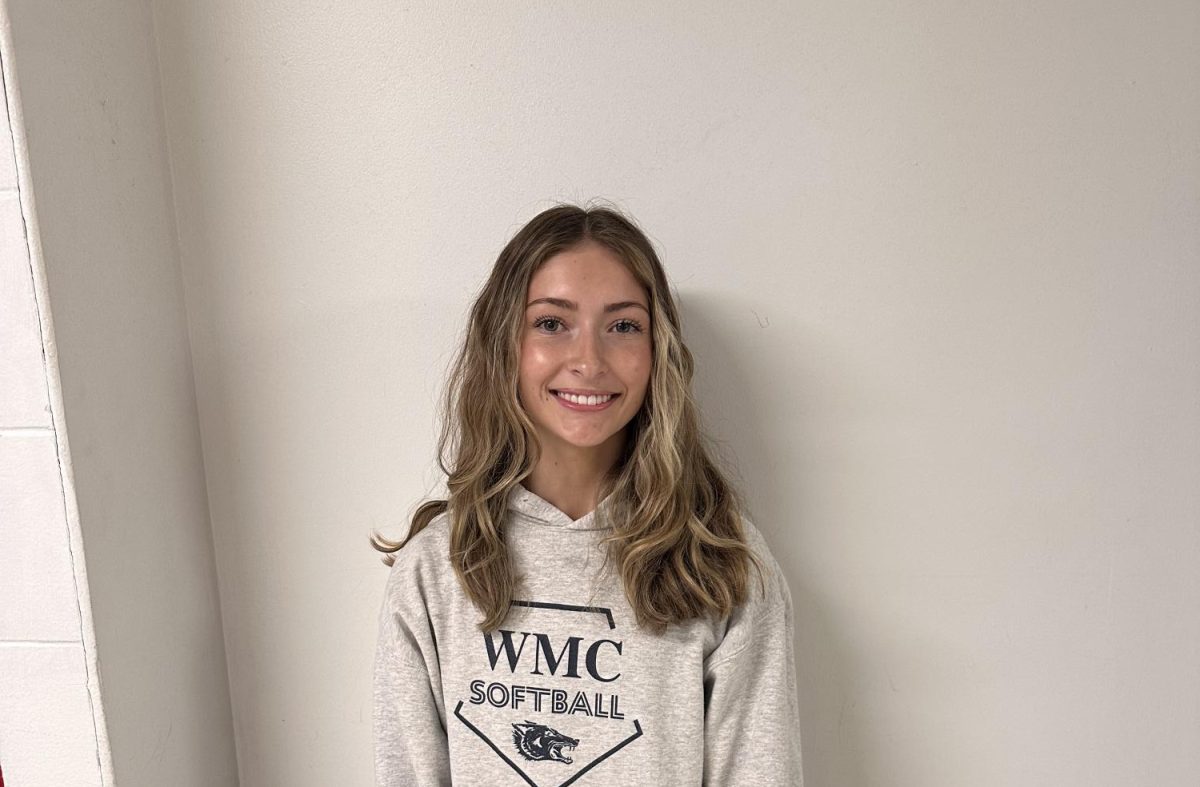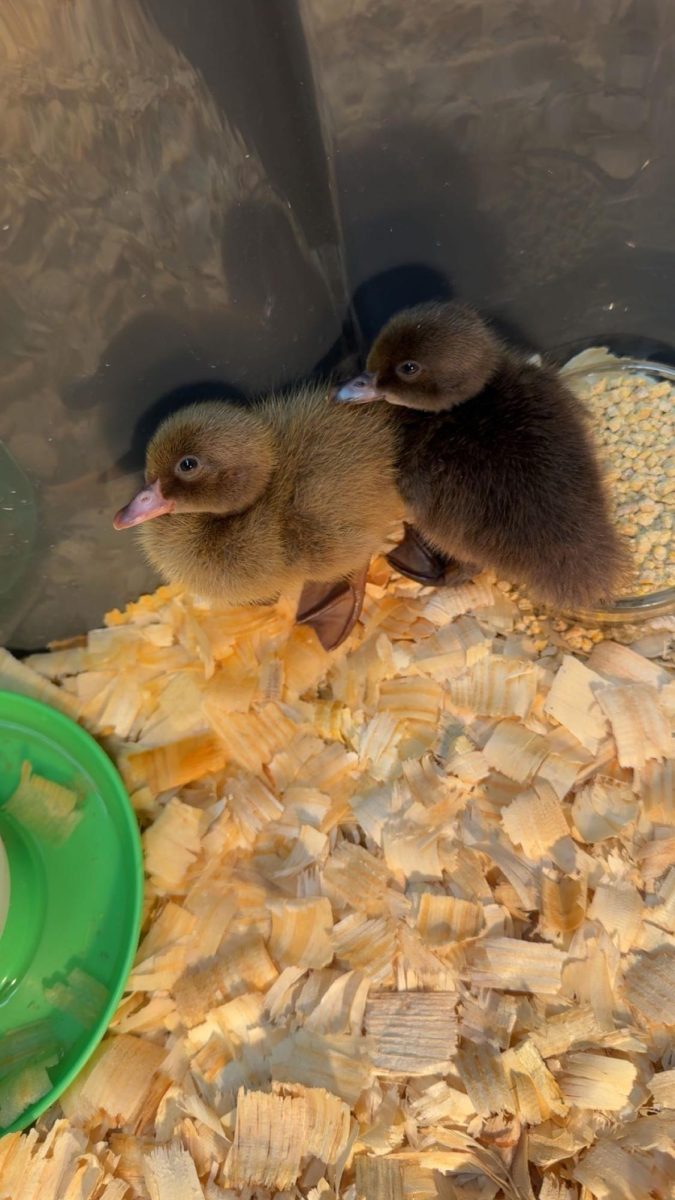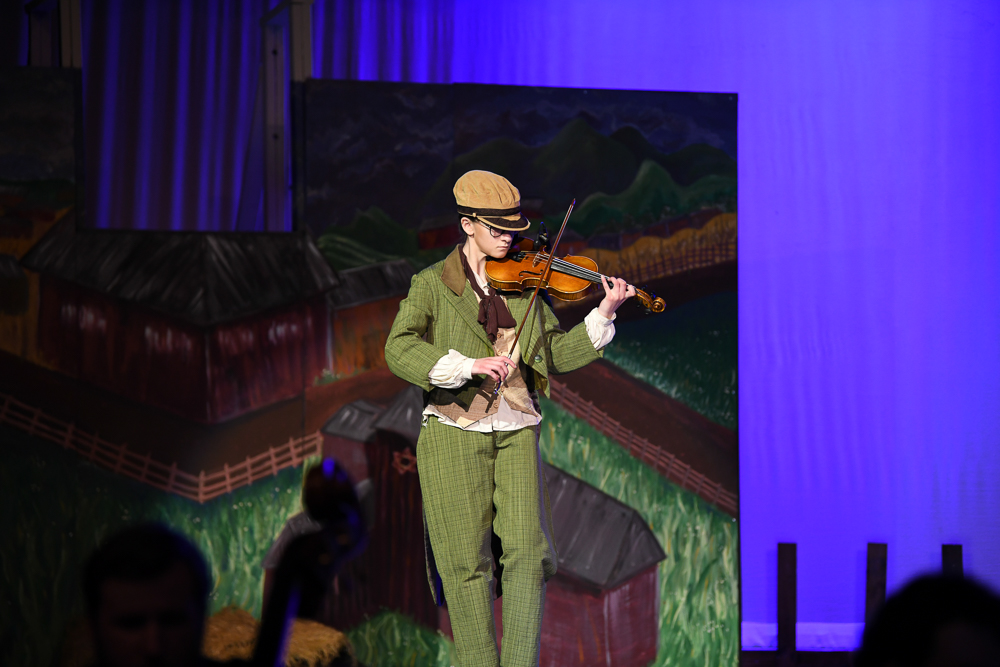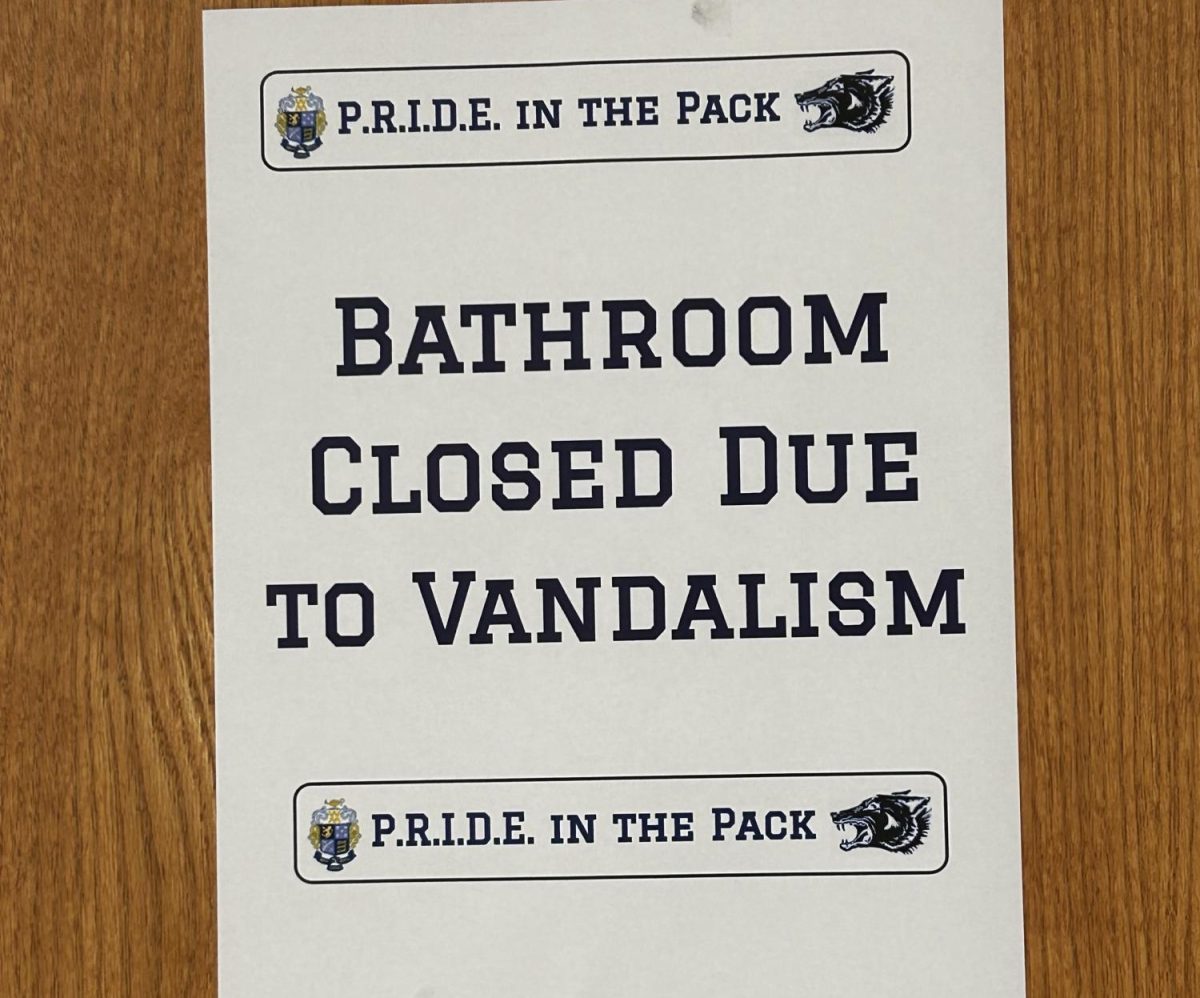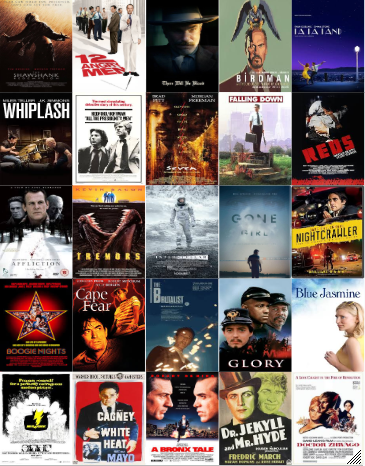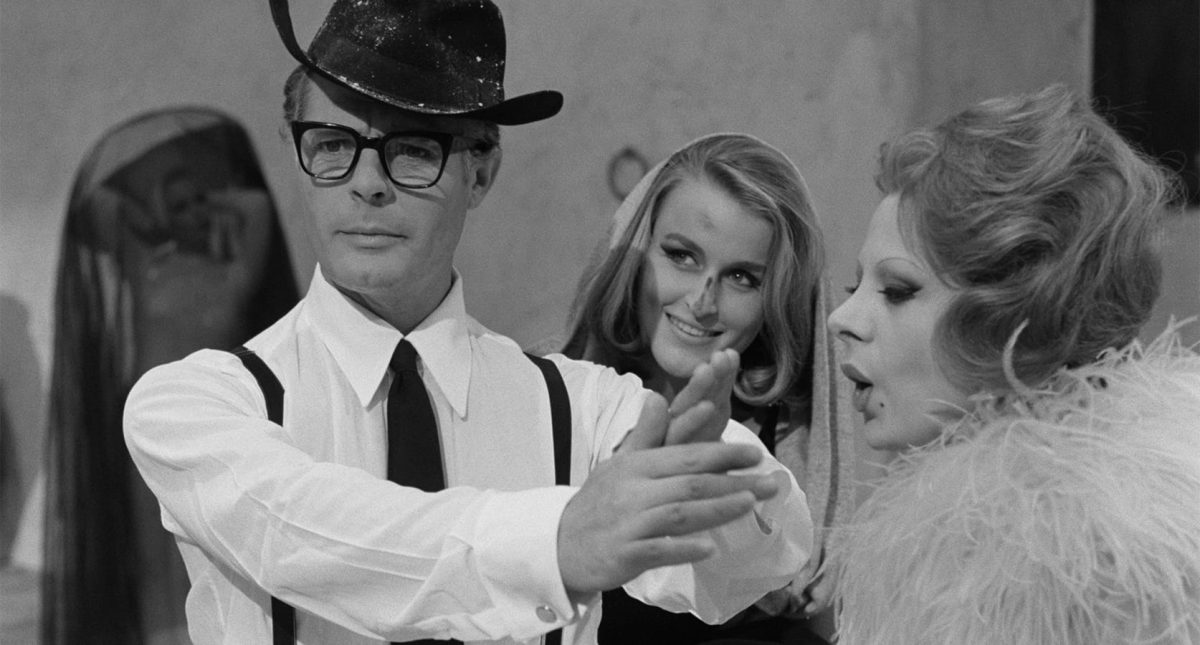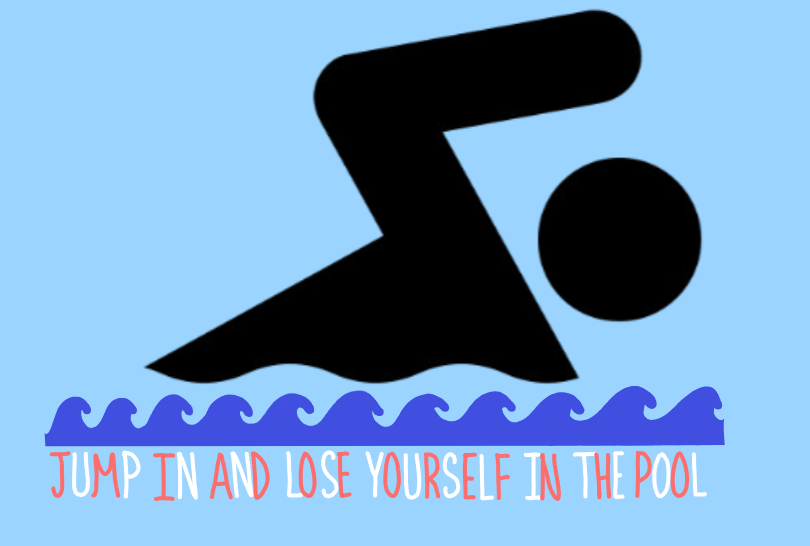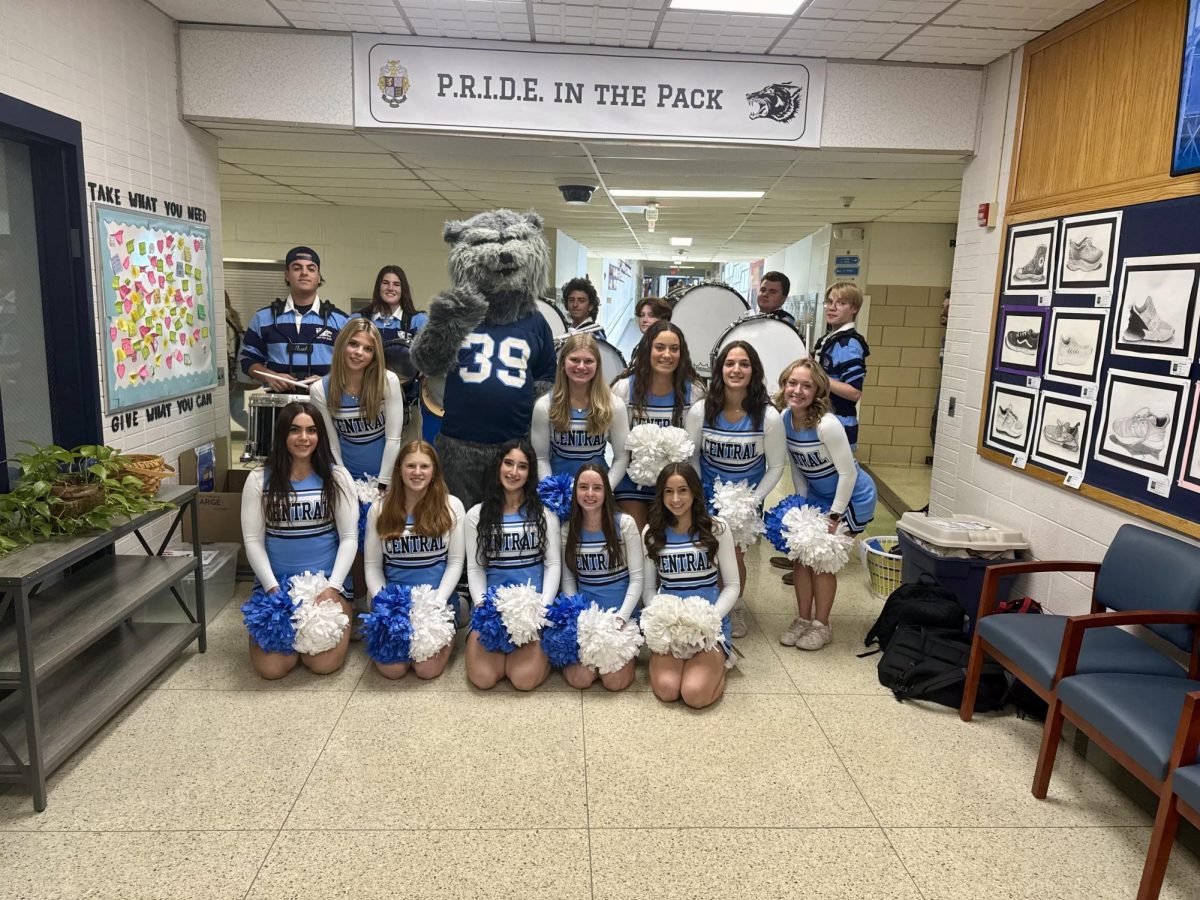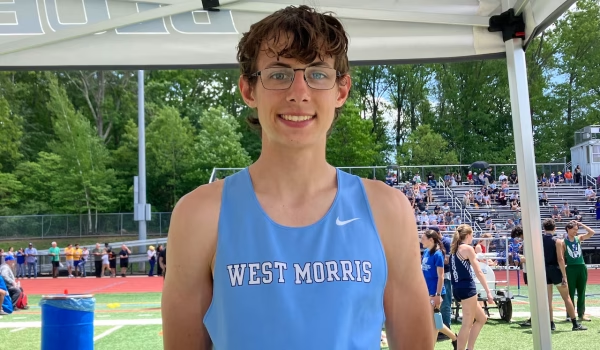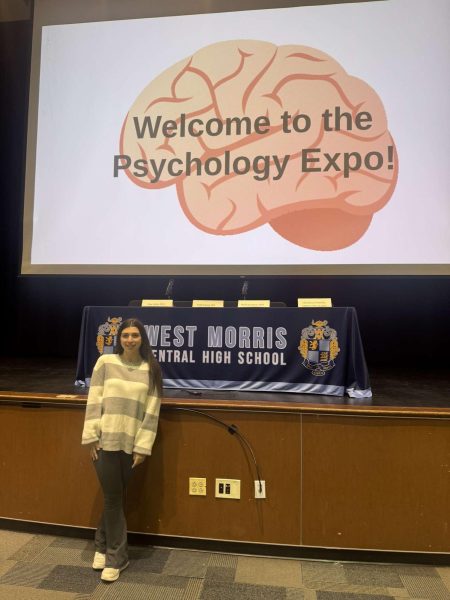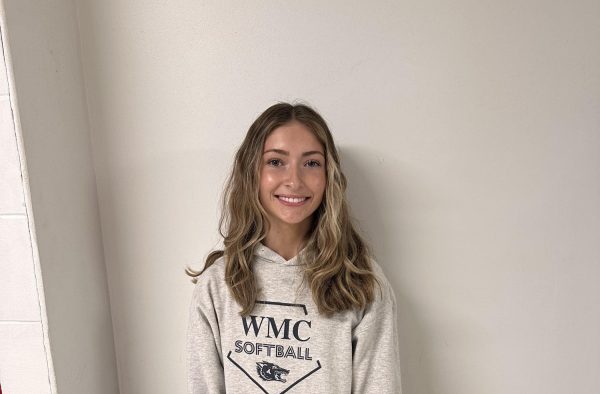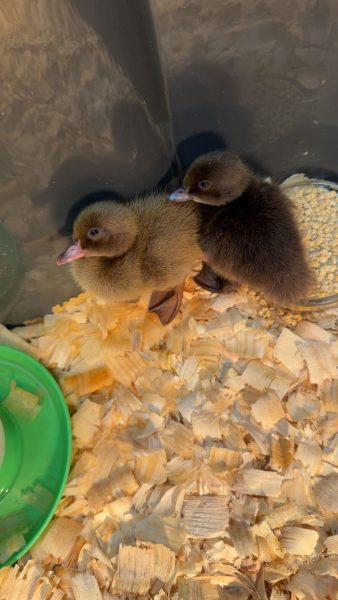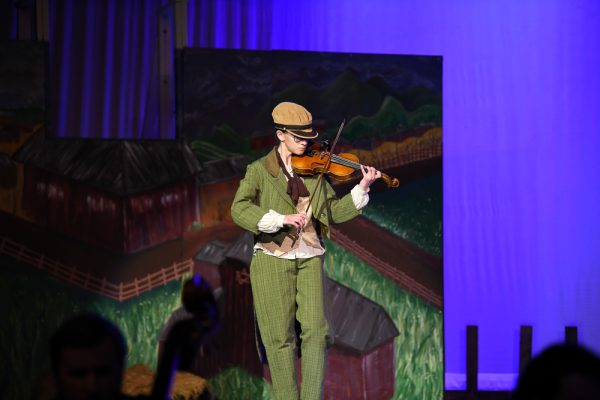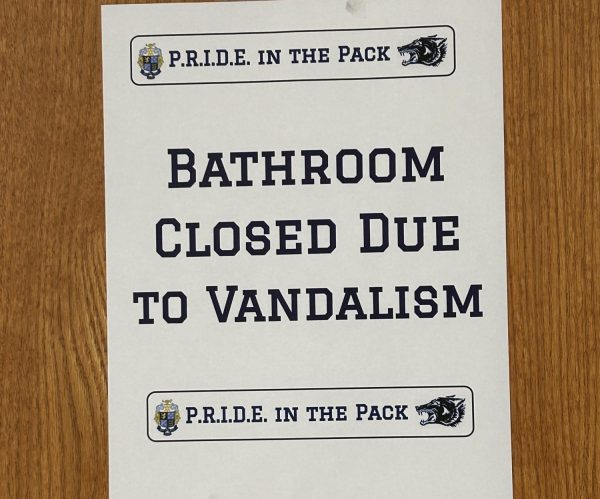Are You Truly Receiving the Type of Fish You Order at Restaurants, or a Cheap Substitute?
Most people who have ever ordered any type of fish or sushi at a restaurant have probably wondered if they were actually being served the the species they ordered. Four AP bio students at WMC, senior Matthew Hartmann, junior Meghan Donohue, junior Paige Ruschke, and junior Emma Van Kooy, are putting this question to the test by performing a DNA Barcoding study on fish. In order to do this study, they received a 2016 BASF Science Education Grant worth $5,000. This experiment is going to help prove if you are actually paying for and receiving what you order when you order what may be some of your favorite meals.
A fish that is commonly bought and sold at the price of $1.99 a pound, tilapia, is frequently substituted for a more expensive fish, albacore tuna. It is a cheaper and easier option for restaurants to charge you for the tuna, but actually giving you the tilapia. In the ocean, these fish cannot be mistaken because they have such diverse external features from each other, but when they are cooked and only presented as the white meat, there is no way to tell them apart. This makes it so easy for these restaurants to trick their consumers into paying more for a lower-quality fish.
The goal of these four students is to find out if local restaurants are giving us what we really order. For this experiment, they are going to order fish from several restaurants around Long Valley. Once these fish are collected, they will take them back to the lab and isolate the DNA and make copies of one gene that they know is extremely different and identifiable in each type of fish. This DNA will then be mailed to a sequencing lab where they will identify and send back the exact sequence of DNA from the fish’s gene they ordered locally. This file is then uploaded to a database which will match the DNA with known sequences of DNA around the world. Using this information, they will be able to see what type of fish the really bought. This experiment is going to give these students more knowledge about evolution and cellular information.
Winning the grant was not easy for these WMC students. They had to write a persuasive proposal telling why they need the money for the equipment and tools (which didn’t fall within the yearly budget) that would be necessary to perform the experiment. The students ended up writing a great essay and WMC teacher, Mrs. Gizas, sent it to BASF’s annual Science Education Grant selection committee. The group was picked as one of 20 winners for 2016 in a blind selection from over 118 entries. This is the third year in a row WMC students have won the grant.
Senior Matthew Hartmann said about the study, “Not only is it unethical for businesses to mislabel their product and deceive customers, it is also dangerous to the ecosystem. It was found that the endangered Acadian Redfish was present in mislabeled sushi. Students at West Morris Central High School would like to find out if mislabeled sushi is a widespread issue.”


